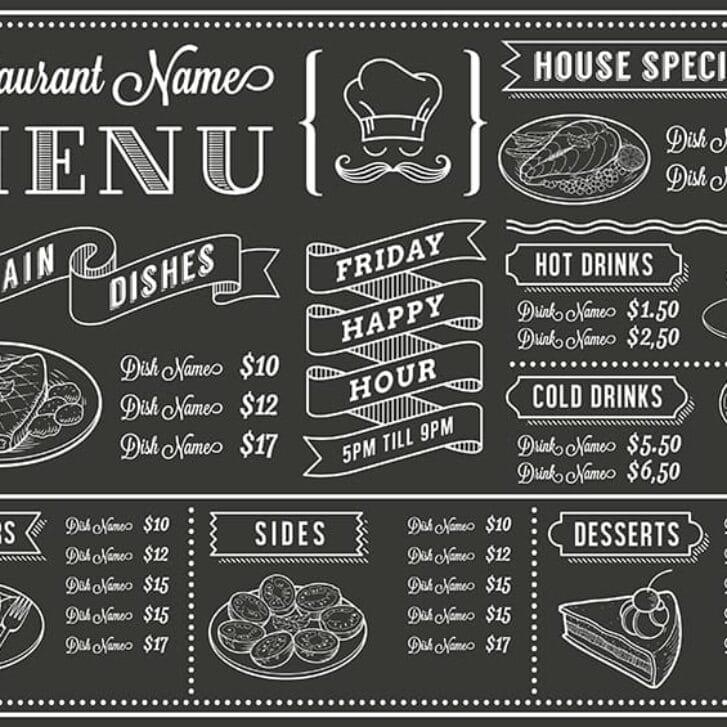Talking with a client yesterday, I had to ask about its incremental pricing. “Incremental pricing” has various definitions, and I use the term to refer to the additional price a customer pays to purchase the next larger size of an item or, in this case, the difference between one variety of a product and another. So much impact on restaurant sales and profit is at stake with this extremely simple aspect of the menu.
In my client’s case–let’s pretend they are a soup concept–there are a lot of varieties on the menu and a few different price points. The make-believe soup offerings include a couple of basic soups at $5.25, some that are a bit more complicated to make for $5.35, and some that are fancy, with higher-end ingredients and signature recipes, at $5.65.
 This company is proud of the premium niche it occupies, offering high-quality ingredients that garner great customer satisfaction and value perception, so I asked why it charges just 10 cents more for the intermediate soup versus the basic.
This company is proud of the premium niche it occupies, offering high-quality ingredients that garner great customer satisfaction and value perception, so I asked why it charges just 10 cents more for the intermediate soup versus the basic.
Some in our discussion asked if I thought they should line-price all varieties. Others said, “No, she’s asking why it’s only a 10-cent difference.” The latter were correct, and we discussed the merits of differentiating the items enough to more clearly convey their premium nature.
While it’s more often an issue for sizes rather than varieties, interesting incremental pricing examples abound in the hospitality industry. They include:
– Movie-theater popcorn: “For just 50 cents more …”
– Convenience-store coffee, at just 10 cents between sizes.
– Bulk bakery items, baker’s dozens.
– “For just __ you can get the combo.”
It’s clear that every restaurant wants its guests to buy more so we can all feel good, right? The restaurant brings in more dollar margin, and the guest gets a better deal. Win-win.
Here are some things to keep in mind when making pricing decisions and taking into account incremental prices:
– Is the increment enough to distinguish items?
– Does the increment encourage guests to upsize?
– For guests who don’t want to upsize, is the price reasonable relative to the larger size?
– What segment of the industry are you in? Are there norms such as 10 cents, or is a larger increment warranted?
– Are enough sizes of an item offered to appeal to guest preference, or are choices limited?
– What portion of sales does each size/variety comprise, and what will a price change mean for the bottom line based on this mix?
– What price-ending digits should you use: Nines? Fives? Zeros? There are important implications for implementing price changes.
Thinking through these tips will be a helpful exercise when making price decisions and translating price to profit.
























